Understanding Fire Rated Oil Tanks: A Comprehensive Guide
As a newcomer to property ownership or a seasoned landlord, understanding fire rated oil tanks is essential for ensuring safety and compliance with UK regulations. These tanks play a crucial role in preventing fire incidents and protecting your property. In this blog, we will define what a fire rated oil tank is, detail the required fire protection standards, and explain when these tanks are necessary. By the end of this article, you will be equipped with valuable knowledge on the best practices for placement and compliance while enjoying peace of mind.
Contents
What is a Fire Rated Oil Tank?
A fire rated oil tank is designed to contain oil safely while minimizing fire risks. According to UK regulations, these tanks have a specific standard of fire resistance—typically a minimum of 30 minutes—allowing for adequate control during a fire incident. This standard is crucial for preventing the spread of flames and protecting both the tank and nearby structures.
Fire Protection Standards and Compliance
Understanding the regulations surrounding fire rated oil tanks is vital. Here are key fire protection standards to keep in mind:
- 30-Minute Fire Resistance: Fire rated tanks must endure fire for at least 30 minutes, allowing time for emergency services to respond.
- 60-Minute Fire Resistance: Fire rated tanks must endure fire for at least 60 minutes, usually the minimum requirement for commercial properties.
- Proximity Restrictions: Fire rated tanks are sometimes required based on their distance from buildings and boundaries. Compliance with UK Building Regs ensures that your installation meets all safety requirements.
For more detailed information, you can refer to the OFTEC guidelines.
When are Fire Rated Oil Tanks Required?
Fire rated oil tanks are mandated in specific scenarios, mainly based on their placement:
- If the tank is near a building or property boundary, the fire resistance can significantly mitigate risks.
- For multi-dwelling units or areas where larger quantities of oil are stored, higher compliance levels are needed.
Understanding these requirements will help ensure you meet compliance standards while protecting your property.
Use Cases and Ideal Placement Scenarios
When considering a fire rated oil tank, think about the following:
- Residential Properties: For homes near other structures, a fire rated tank provides essential safety.
- Commercial Properties: Businesses storing large amounts of fuel can significantly reduce fire hazards through compliant tank solutions.
To explore your options, you can check out our product page for fire rated oil tanks.
For further insights into oil tank safety, you might find our article on identifying oil tank damage useful.
As a property owner, regular inspections and compliance checks are vital for ensuring that your oil tank meets all safety regulations and is placed appropriately. This effort not only protects your property but also enhances your peace of mind.
In conclusion, understanding fire rated oil tanks and their regulations is crucial for any property owner. These tanks provide essential safety features while complying with UK regulations, ensuring that you safeguard your property from potential fire hazards. Regular checks and updates can make all the difference in safety and compliance.
If you’re interested in upgrading or ensuring your oil tank is compliant, consider checking out our range of fire rated oil tanks to match your property’s needs. Visit us today at Oil Tank Supermarket!
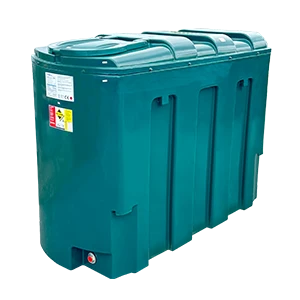

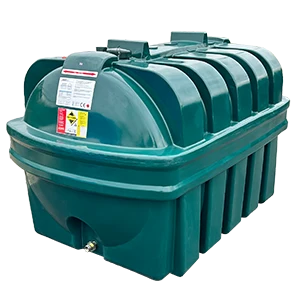
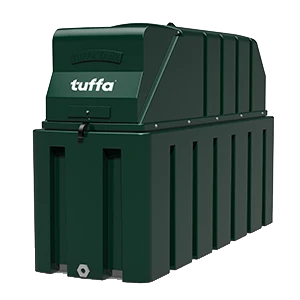
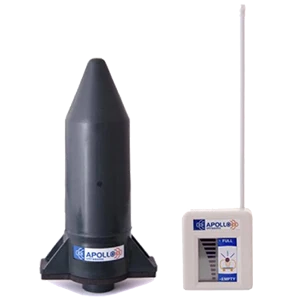
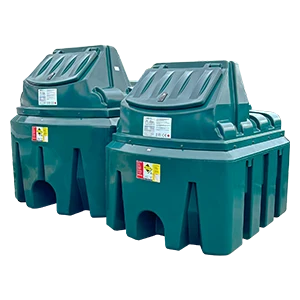
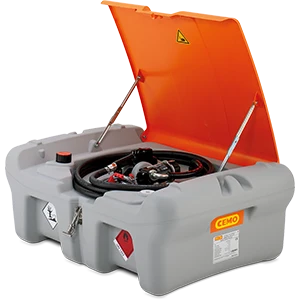
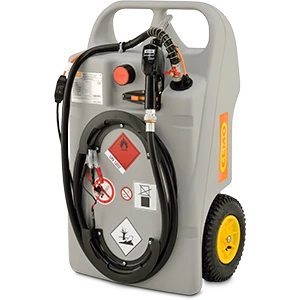
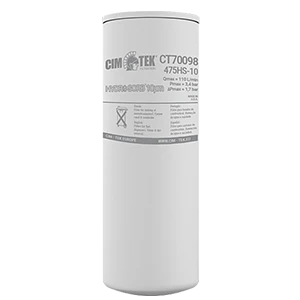
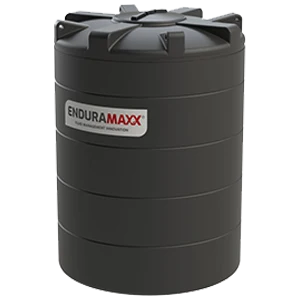
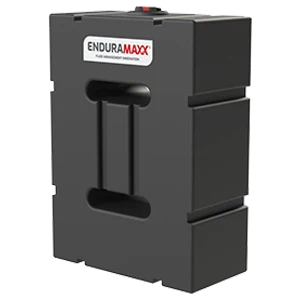
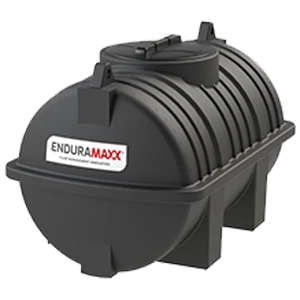
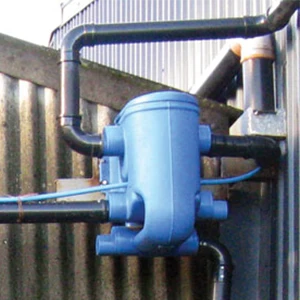
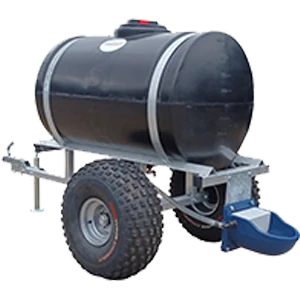
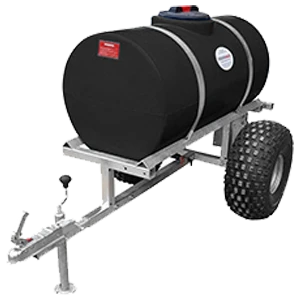
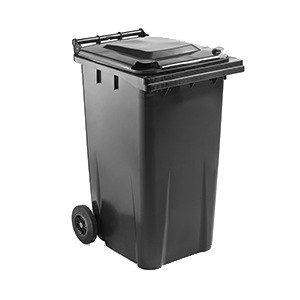

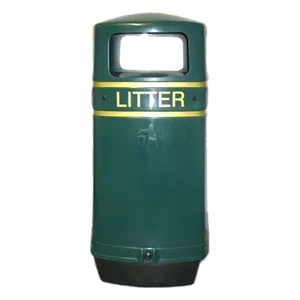

Share This: